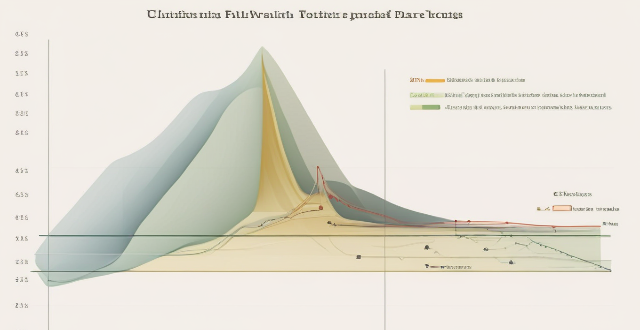Measuring climate vulnerability involves identifying relevant indicators, collecting data and information, analyzing vulnerability levels, prioritizing adaptation measures, and monitoring progress. This process helps identify areas most at risk from climate change impacts and develop strategies to reduce their vulnerability.

How Can We Measure Climate Vulnerability?
Climate vulnerability refers to the degree to which a system or community is susceptible to, and unable to cope with, adverse climate impacts. Measuring climate vulnerability involves assessing the potential risks and impacts of climate change on a particular region, sector, or community. This process helps identify areas that are most at risk and prioritize adaptation measures to reduce vulnerability. Here's how we can measure climate vulnerability:
1. Identify Relevant Indicators
To measure climate vulnerability, it is essential to identify relevant indicators that reflect the exposure, sensitivity, and adaptive capacity of a system or community. Some common indicators include:
- Exposure: Temperature changes, precipitation patterns, sea level rise, extreme weather events, etc.
- Sensitivity: Socioeconomic factors (e.g., income levels, education), health status, infrastructure quality, ecosystem characteristics, etc.
- Adaptive Capacity: Access to resources (financial, technological, human), institutions and governance structures, social networks and capital, etc.
2. Collect Data and Information
Once relevant indicators have been identified, data and information must be collected through various sources such as satellite imagery, climate models, surveys, expert opinions, and historical records. This data will help quantify the exposure, sensitivity, and adaptive capacity of the system or community being assessed.
3. Analyze Data and Determine Vulnerability Levels
After collecting data and information, analyze it using appropriate methods and tools to determine the vulnerability levels of the system or community. This analysis should consider both current conditions and future scenarios based on climate projections. The results can be presented in various formats such as maps, tables, or narratives.
4. Prioritize Adaptation Measures
Based on the vulnerability assessment results, prioritize adaptation measures to reduce the identified risks and impacts of climate change. These measures may include implementing early warning systems, improving infrastructure resilience, promoting sustainable land use practices, enhancing social protection programs, etc.
5. Monitor and Evaluate Progress
Regularly monitor and evaluate the effectiveness of adaptation measures implemented to address climate vulnerability. This process will help identify any gaps or challenges in the adaptation strategies and inform future decision-making processes.
In conclusion, measuring climate vulnerability is a critical step in understanding the potential risks and impacts of climate change on a particular region, sector, or community. By identifying relevant indicators, collecting data and information, analyzing vulnerability levels, prioritizing adaptation measures, and monitoring progress, we can better prepare for and respond to the challenges posed by climate change.